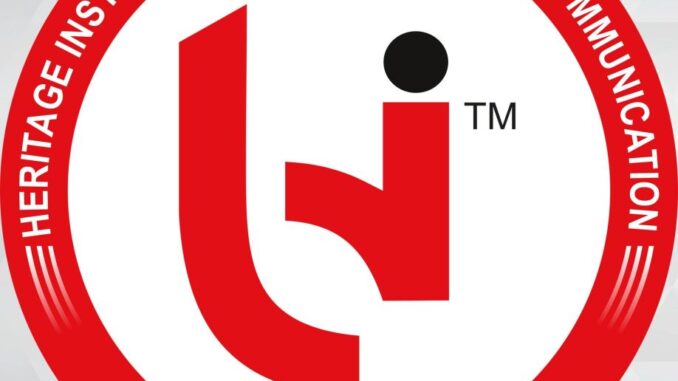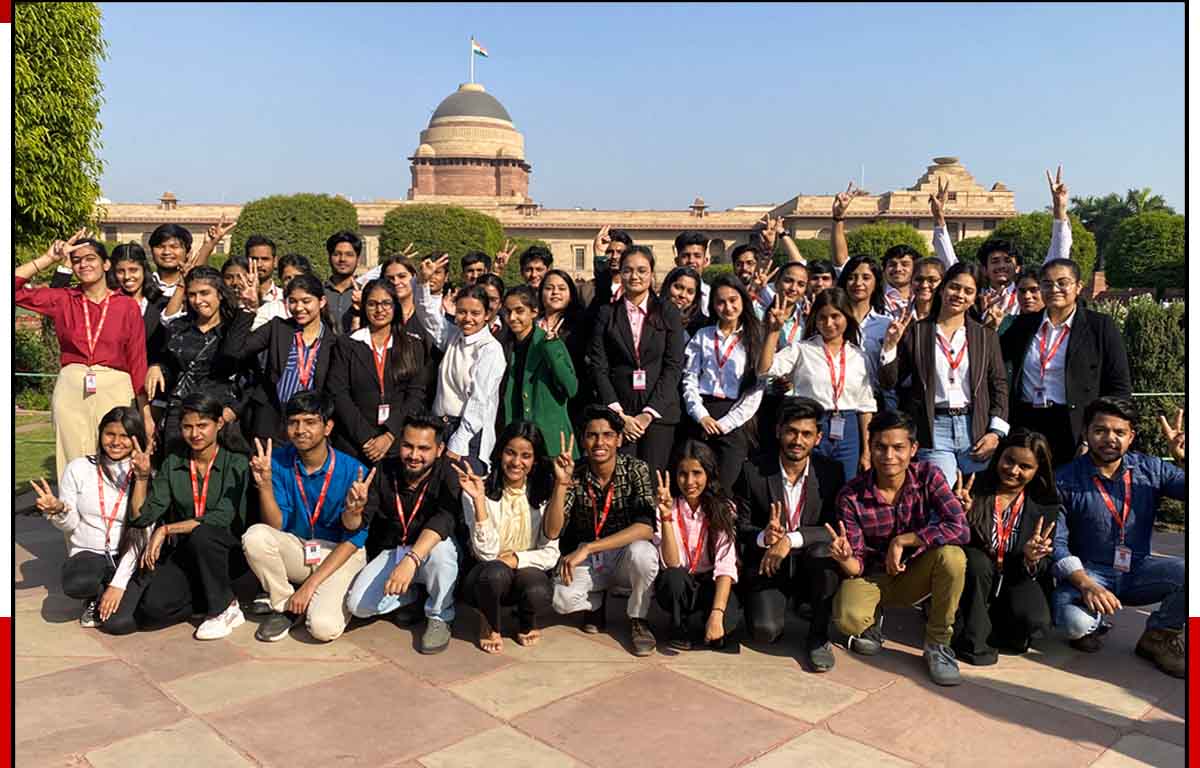
Heritage Institute of Mass Communication (HIMCOM) in Delhi is witnessing a significant trend with students from various states in North India opting for mass communication courses right after completing their 10+2 education. The institute reports that students hailing from Uttar Pradesh, Uttarakhand, Haryana, Himachal Pradesh, Delhi NCR, and Rajasthan are increasingly choosing to pursue mass communication studies at HIMCOM, and are subsequently excelling in the media and communication industry.
In recent years, there has been a notable rise in the number of students from these North Indian states enrolling in HIMCOM's mass communication programs. These students are drawn to the field of media and communication due to its dynamic nature, creative opportunities, and potential for impactful careers in journalism, advertising, public relations, filmmaking, and digital media.

According to Syed Masood, Managing Director of Heritage Institute of Mass Communication, “We are delighted to observe the growing interest among students from states like Uttar Pradesh, Uttarakhand, Haryana, Himachal Pradesh, Delhi NCR, and Rajasthan towards pursuing mass communication courses. At HIMCOM, we provide comprehensive training and practical exposure to equip our students with the skills and knowledge required to succeed in the media industry.”
Many of the alumni from these regions who have completed mass communication courses at HIMCOM are now working in reputable media organizations, showcasing their talent and contributing positively to the industry. Their success stories serve as inspiration for aspiring media professionals across North India.
HIMCOM offers a range of undergraduate and postgraduate programs in mass communication, journalism, advertising, and public relations, designed to nurture creativity, critical thinking, and professional competence among students.
